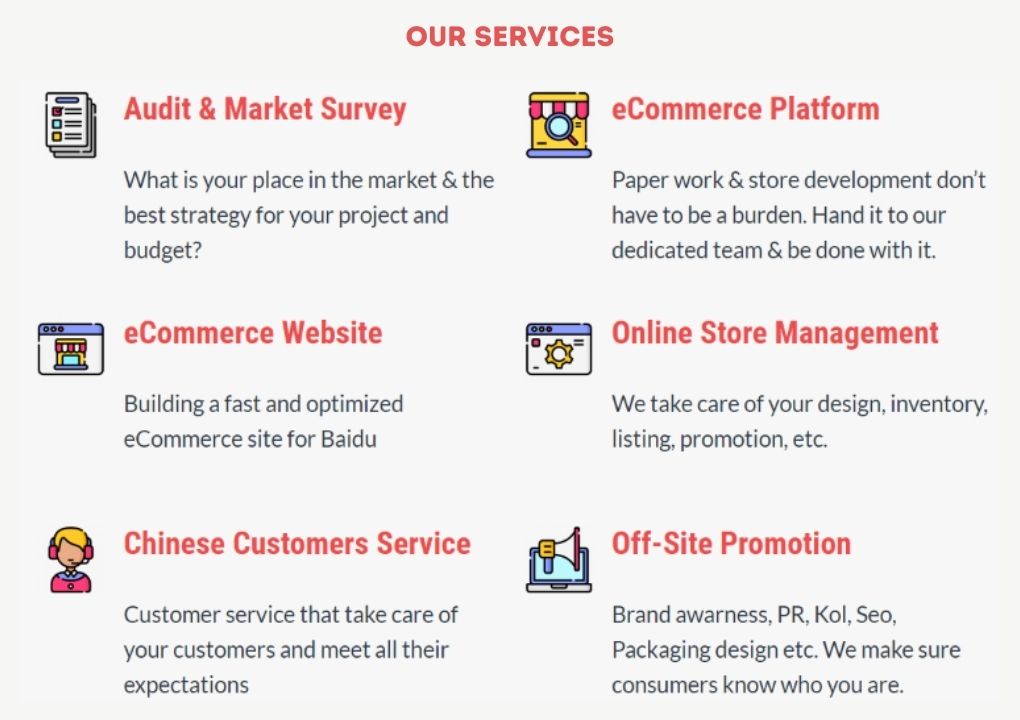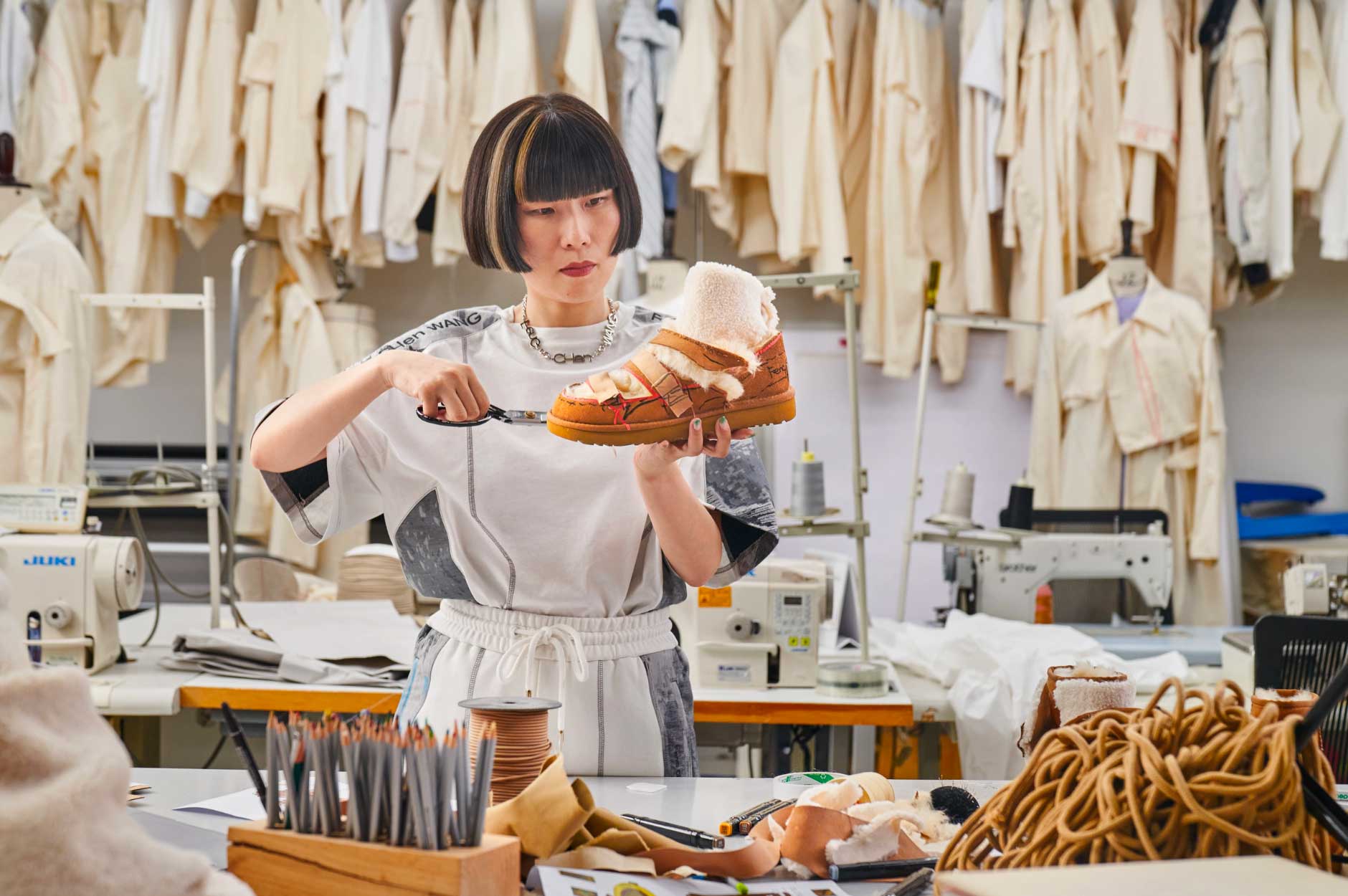To succeed in China’s rapidly evolving fashion industry, brands must understand the regional preferences and cultural influences that shape the country’s unique fashion landscape. From traditional clothing to intellectual chic, sustainable fashion, and emerging trends, there is a wealth of information to explore and keep up with each year.
In this guide, we’ll take a closer look at the historical context and regional styles of Chinese fashion, as well as how urban centers are shaping modern trends. It is useful for marketers looking to expand their reach or anyone interested in Chinese apparel design trends – read on!
Historical Context Of China’s Fashion
China’s fashion trends have been heavily influenced by its rich cultural history, with traditional clothing styles dating back to the Han dynasty still prevalent in some regions.
Influence Of China’s History On Its Fashion Trends
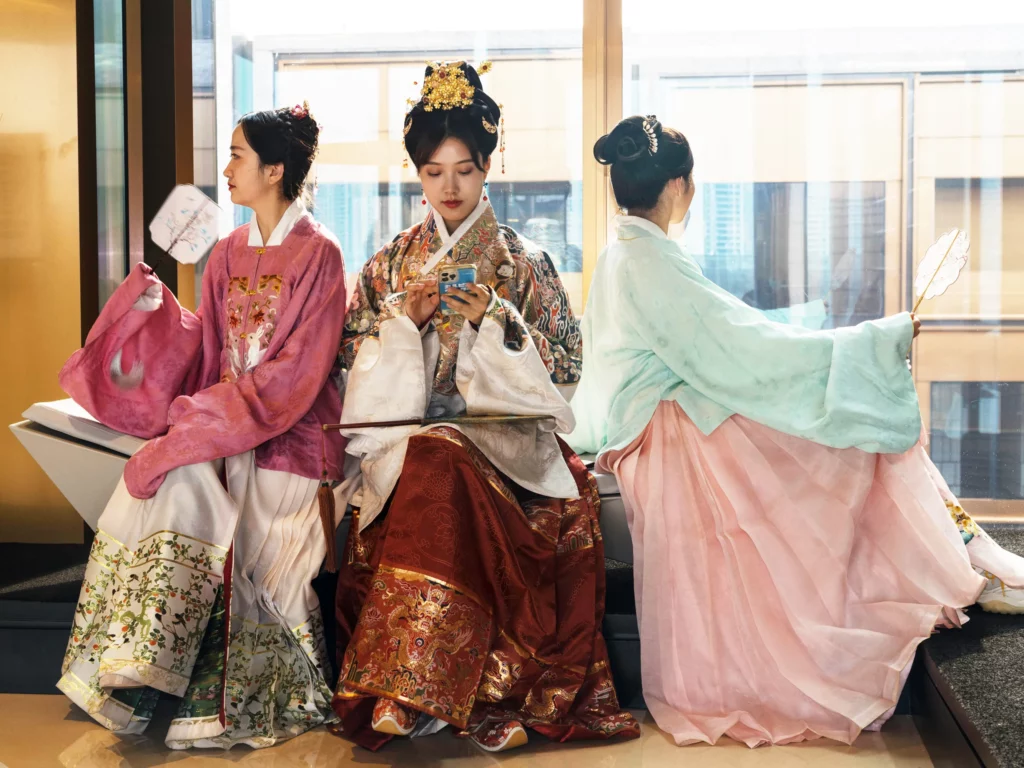
Chinese clothing has evolved significantly over its 5000-year history while maintaining traditional elements.
For example, the Han Dynasty (206 BCE-220 CE) emphasized simplicity and modesty in clothing styles influenced by Confucianism, while the Tang Dynasty (618-907 CE) showcased cosmopolitan culture with intricate silk robes influenced by foreign styles.
The Cultural Revolution (1966-1976) saw distinctive “Mao suits” becoming widespread as they symbolized gender equality and unity among citizens under communist ideology.
Evolution Of Fashion Styles Across Different Periods

The evolution of fashion styles in China from early dynasties like Zhou, Qin, and Han to the opulent Tang dynasty featured traditional clothing such as long jackets and pants or gowns. It offers a glimpse into the rich history and culture of China.
With the fall of the last imperial dynasty in 1911 came a period of significant change in China’s fashion landscape. Influences from other parts of Asia and Western cultures have propelled fashion evolution at each critical juncture in Chinese history.
The adoption of Western-style dress by Han Chinese people began gaining momentum in the 1920s as they embraced new sartorial norms like suits and tailored garments.
This was further substantiated by a growing appetite for luxury items among younger generations—a fact highlighted by reports indicating that global luxury market growth is driven increasingly by these consumers’ preferences today.
Exploring Regional Fashion Styles In China
This section discusses the distinctive features and cultural influences of Northern, Southern, Western, and Eastern fashion styles in China. It also traces the evolution of these regional trends from traditional to modern blends.
Northern Style: Characteristics And Influences
The Northern style is known for its practicality and simplicity, with a focus on warmth and comfort in colder climates. It often features loose-fitting silhouettes, thick fabrics such as wool and cotton, and intricate embroidery or patchwork designs.
The influences of the Northern Style can be traced back to China’s nomadic tribes who lived in the northern regions. They developed clothing that would keep them warm during harsh winters while still allowing them flexibility in their daily activities.
Today, Northern Style has evolved into a popular fashion trend across China and beyond, particularly during the fall and winter seasons.
Southern Style: Characteristics And Influences

The Southern style is known for its vibrant colors, intricate embroidery, and flowing silhouettes.
The Guangdong province, located in southern China, has been a hub for textile manufacturing since ancient times. This region continues to influence modern Chinese fashion with its traditional embroidery techniques that can be seen on everything from dresses to handbags.
To appeal to consumers who prefer the Southern style in their fashion choices, it would be wise to incorporate these unique elements into designs through collaborations with local designers who have expertise in this field.
Western Style: Characteristics And Influences
Western clothing gained popularity in China during the late Qing Dynasty due to its simplified design, which allowed for greater mobility during daily activities.
Western fashion has a significant influence on Chinese fashion, from streetwear to luxury brands like Chanel and Fendi. Genderless designs are also becoming popular due to collaborations with progressive designers. However, traditional elements remain important to Chinese culture and identity.
The Qipao dress remains widely regarded as an archetypal garment of Chinese beauty, showcasing intricate embroidery and delicate fabrics that reflect centuries of costume history.
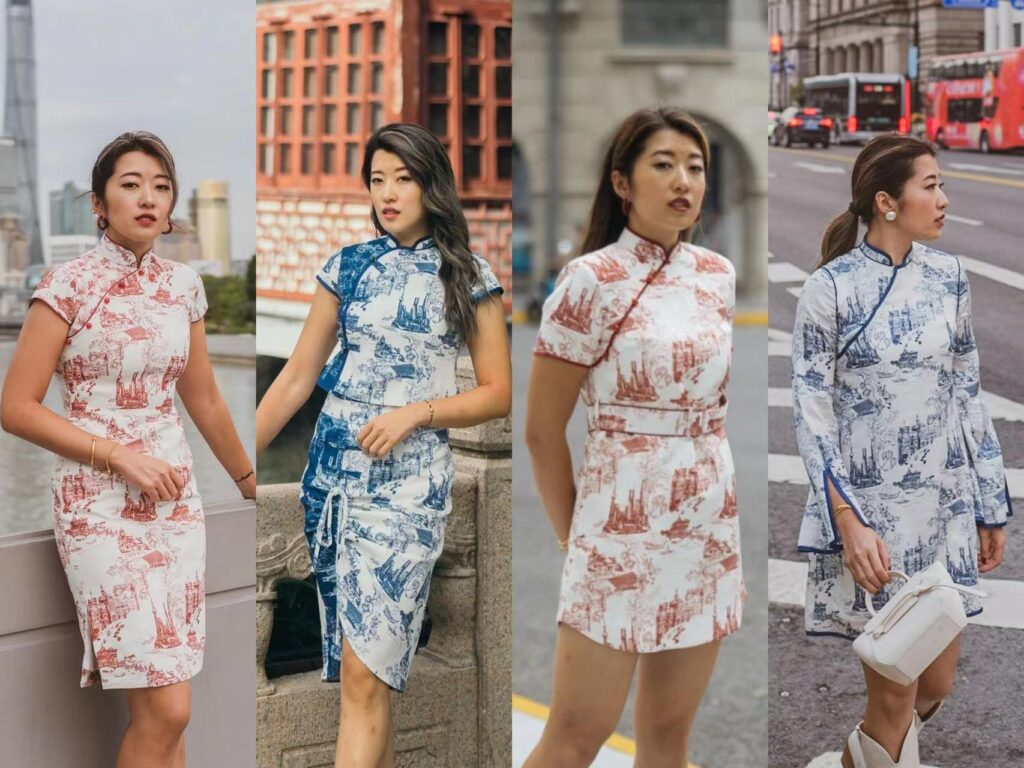
Eastern Style: Characteristics And Influences
Ancient Chinese clothing was an evolution of their long, loose, straight-cut jackets and pants or gowns that reflect traditional Eastern styles.
One significant influence on Eastern style is silk, both as evidence and a metaphor for China’s cultural domination in East Asia. Silk was initially reserved for the emperor’s use before gradually being adopted by the general populace.
Furthermore, the Qipao is an iconic Eastern-style garment that has evolved over time to become a fusion of ancient elegance and modern sophistication. It is widely regarded as the archetypal Chinese dress and is a symbol of Chinese culture worldwide.
The Impact Of Urban Centers On Fashion Trends
Urban centers in China, such as Beijing and Shanghai, play a significant role in shaping the country’s fashion trends by combining traditional elements with modern styles.
Fashion In Beijing: Traditional Meets Modern
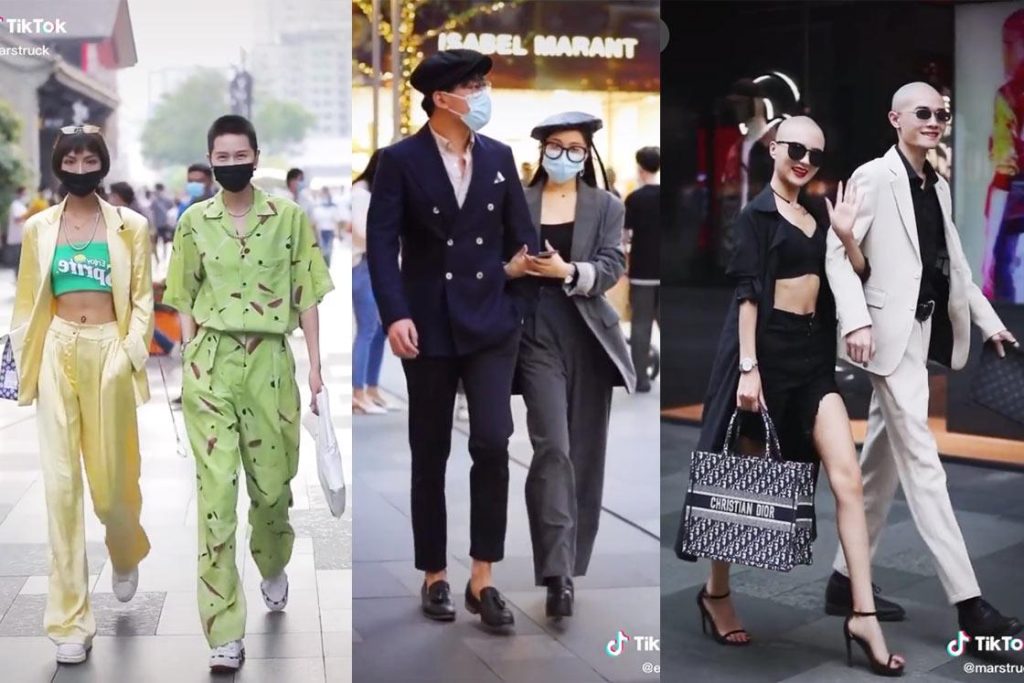
Beijing is one of the top fashion cities in China. Fashion streets in areas like Guomao and Sanlitun offer a heady mix of traditional and modern fashion trends.
Beijing Fashion Week is one of the most significant events for showcasing Chinese fashion on the world stage. Established designers present collections combining modern elements with traditional styles, such as cheongsam dresses or Mao jackets.
Emerging designers also use this platform to express their creativity through unique silhouettes inspired by their cultural backgrounds.
Fashion In Shanghai: East Meets West

Shanghai is China’s most international city and has a modern fashion scene that blends traditional Chinese aesthetics with Western influences.
The fashion industry in Shanghai draws inspiration from high-end European brands and streetwear trends popularized in Tokyo, Seoul, and New York.
Designer Guo Pei is an example of this blend of styles, combining Chinese motifs with Western tailoring techniques to create sought-after haute couture pieces.
Another example is Designer Sheguang Hu created a collection inspired by his Dutch heritage, but still incorporated Chinese style elements such as embroidery, embellishments, and textures.
Fashion In Guangzhou: The Influence Of The Pearl River Delta
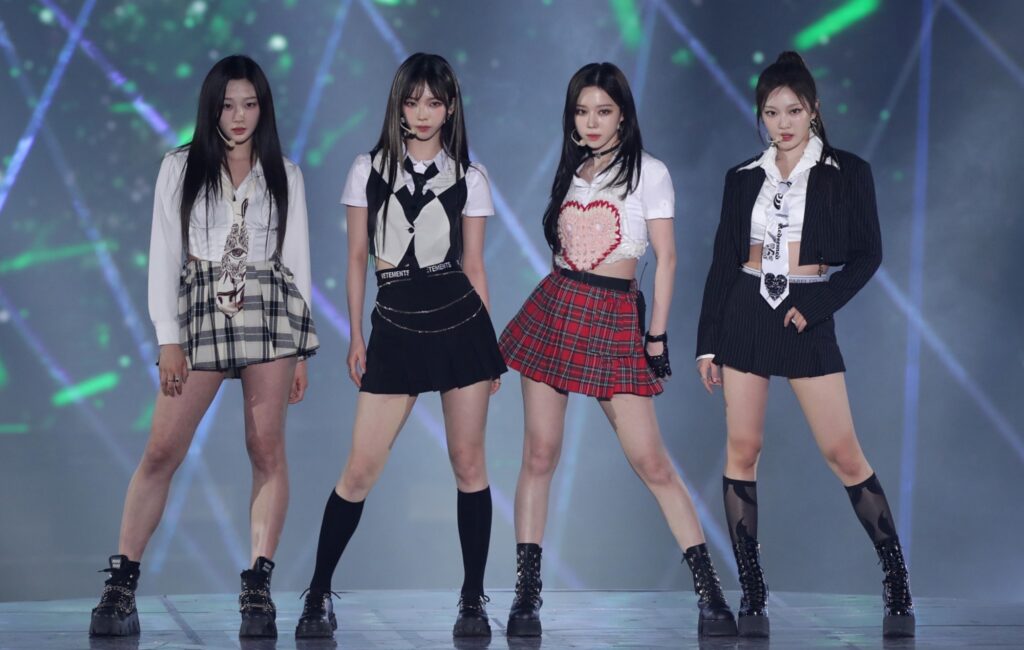
Due to its strategic location as a hub for international trade and commerce, Guangzhou has become a melting pot of cultures and styles.
Foreign brands have adapted to the Chinese market by collaborating with local designers and brands to create products that appeal to consumers.
For instance, Shein is a fast-fashion e-commerce retailer in Guangdong Province that offers trendy and affordable clothing options for young female shoppers, reflecting both regional identity and K-pop culture influences.
Fashion In Chengdu: The Rise Of The West
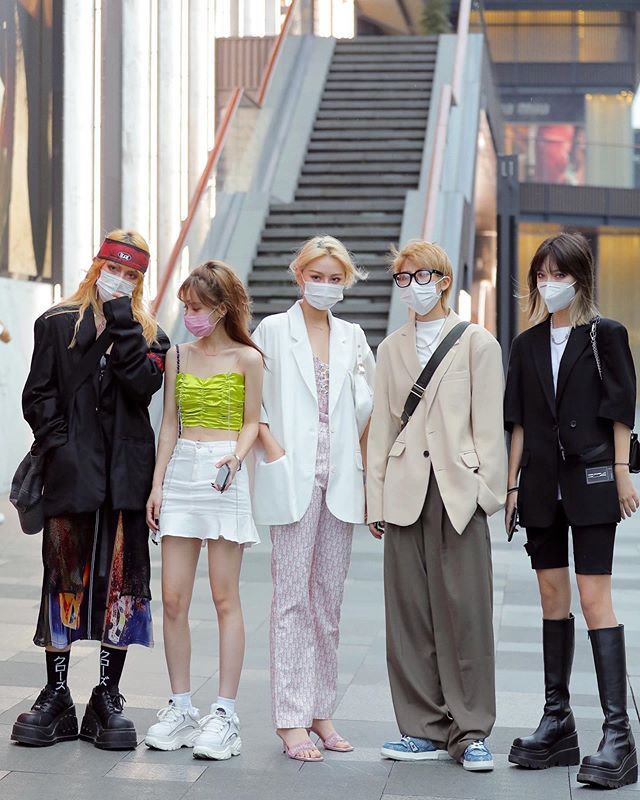
Chengdu is emerging as the most fashionable city in China, and its local fashion industry has been gaining attention for several years. Unlike Beijing and Shanghai, Chengdu’s fashion scene prioritizes creativity and independence over conformism.
Local style leaders have created their own rules, giving rise to unique styles that are impossible to find elsewhere. This trend-setting city is known for nurturing homegrown fashion trends and serving as a petri dish for contemporary sartorial tastes in China.
Emerging Fashion Trends In China
Discover the latest trends in China’s fashion industry, including sustainable fashion, intellectual chic styles, and the influence of pop culture on apparel.
Intellectual Chic: The Rise Of The Sophisticated Style
Intellectual Chic is an emerging fashion trend in China that emphasizes simple yet classic pieces, such as tailored blazers, high-waisted pants, and chic loafers. It highlights the intersection of contemporary Chinese identity with traditional cultural elements, like incorporating silk or brocade into modern designs.
This trend has been gaining popularity among young people who want to express their individuality while still looking professional and put together.
With over 51 million views on a popular lifestyle platform in China, this trend shows no signs of slowing down anytime soon.
Sustainable Fashion: The Green Movement In China’s Fashion Industry
China’s fashion industry is rapidly adapting to meet the growing trend of sustainability, with 55% of Chinese consumers seeking out products from sustainable brands.
Young and urban consumers are driving this trend, valuing environmentally conscious choices and better quality products.
The industry is shifting towards green materials such as biodegradable, natural, regenerated, and recycled fibers. The upcoming China Fibers Fashion Trends Report for 2021-2022 highlights “green fiber” as a major feature of the future of Chinese fashion.
The Influence Of Pop Culture: K-Pop, Anime, And Western Media
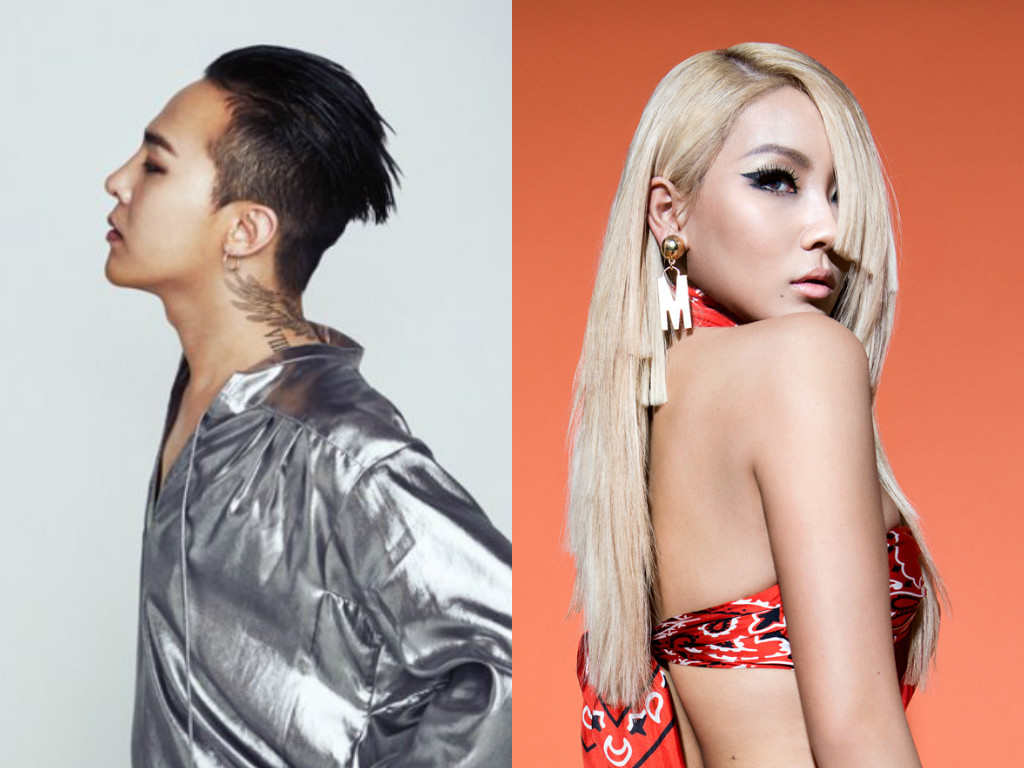
As the world becomes increasingly interconnected, it’s fascinating to see how different cultures and their media have an impact on fashion trends. In China, K-Pop, anime, and Western media have all had a growing influence on fashion styles.
Korean idols have established themselves as trendsetters in Asia with their creative wardrobes and unique styles.
In addition to K-Pop, Japanese anime has also played a role in shaping Chinese fashion trends. Its signature bold colors and eye-catching designs are often incorporated into various clothing items such as streetwear or formal wear made for special occasions like cosplay events or comic book conventions held throughout the country.

Navigating China’s Fashion Scene With Respect To Regional Styles, Emerging Trends, And Cultural Heritage
To fully understand China’s fashion scene, it’s important to navigate the regional styles, emerging trends, and cultural heritage that make up the country’s diverse industry.
The Role Of Social Media And E-commerce

Chinese consumers prefer online platforms like Weibo, WeChat, and Alibaba’s Tmall and Taobao for shopping. To succeed in the competitive market, foreign companies need to have a strong social media presence and well-planned e-commerce strategies.
For instance, luxury brands like Gucci and Louis Vuitton have launched official accounts on WeChat offering exclusive content, personalized recommendations, customer service support, and virtual try-ons.
Meanwhile, fast-fashion giant Zara has built an impressive logistics network that enables same-day or next-day delivery across most major cities in China – giving them an edge over competitors.
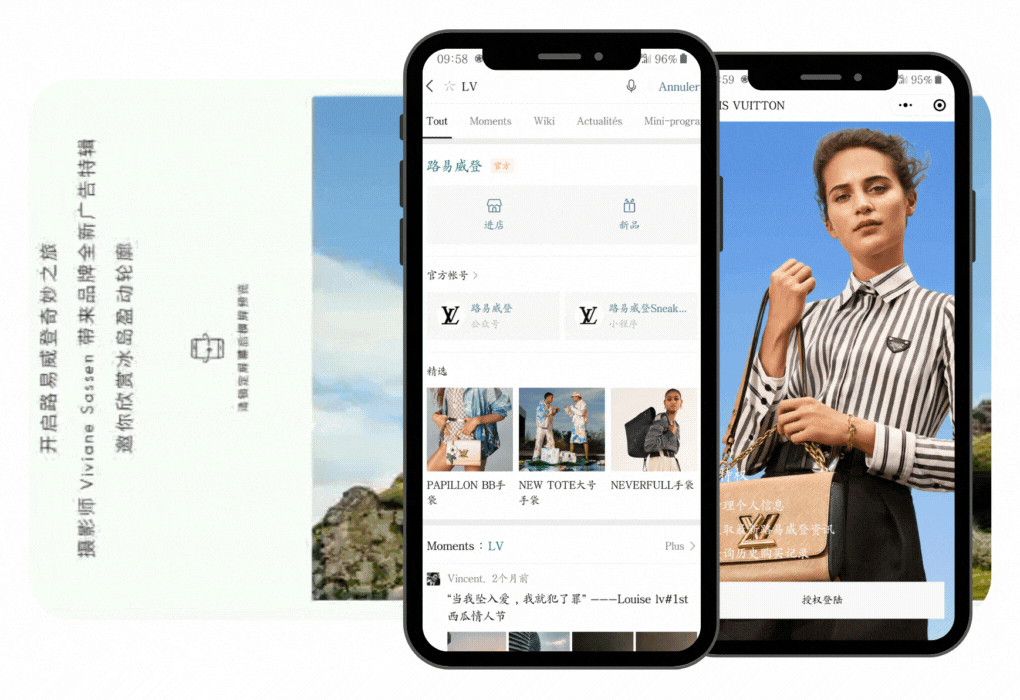
Collaborations With Local Designers And Brands
Collaborating with local designers and brands is a smart strategy for international fashion companies looking to enter the Chinese market.
Not only that but collaborating also helps in building trust with consumers who value products from their region. A great example of this was Nike’s collaboration with designer Feng Chen Wang on a collection inspired by her hometown in Sichuan Province.
Overall, collaborations enable companies not just to tap into China’s vast consumer base but also to create cultural pieces that align well at all levels.
Respecting And Incorporating Cultural Heritage In Fashion Designs
The fashion industry in China recognizes the significance of cultural heritage and believes that by blending traditional elements into modern designs, they can establish a deep and meaningful connection with Chinese consumers.
However, it’s important to avoid oversimplifying or appropriating cultural symbols. Designer Guo Pei and Qipao dresses are examples of successfully incorporating traditional elements.
Companies can promote cultural heritage preservation by collaborating with local artisans and craftsmen who specialize in traditional techniques.
Such collaborations can help preserve long-standing traditions and make the brand more appealing to customers who value authenticity over mass-produced products.
Case Study: H&M On WeChat

WeChat’s verified service accounts allow brands to showcase their products through an in-app shop, manage orders, and customer relationships.
H&M, the Swedish fashion multinational company, is one brand that has taken advantage of WeChat’s e-commerce capabilities. H&M created an online “little shop” within WeChat, allowing users to shop and checkout easily with a “one-click-payment” function, improving the user experience and sales conversion rate.
Overall, WeChat’s e-commerce capabilities are a powerful tool for businesses looking to reach Chinese consumers. By creating a verified service account and leveraging the platform’s in-app shop, brands can showcase their products, manage orders, and build relationships with customers in a way that is convenient and effective.
We can help you to succeed in China’s rapidly evolving fashion industry! Contact us!
In conclusion, understanding China’s regional fashion preferences and emerging trends is crucial for brands looking to enter the Chinese market. From traditional clothing styles to sustainable fashion movements, the industry has a rich cultural history and is constantly evolving.
By staying knowledgeable about these trends and respecting cultural heritage, businesses can successfully navigate China’s unique fashion scene and reach a diverse range of consumers.

If you need help getting your brand off the ground or integrating your strategies into Baidu, you know where to turn to. Contact us today for not only educational blogs but to have a partner in building your business and making it relevant in the minds of the Chinese consumer.
